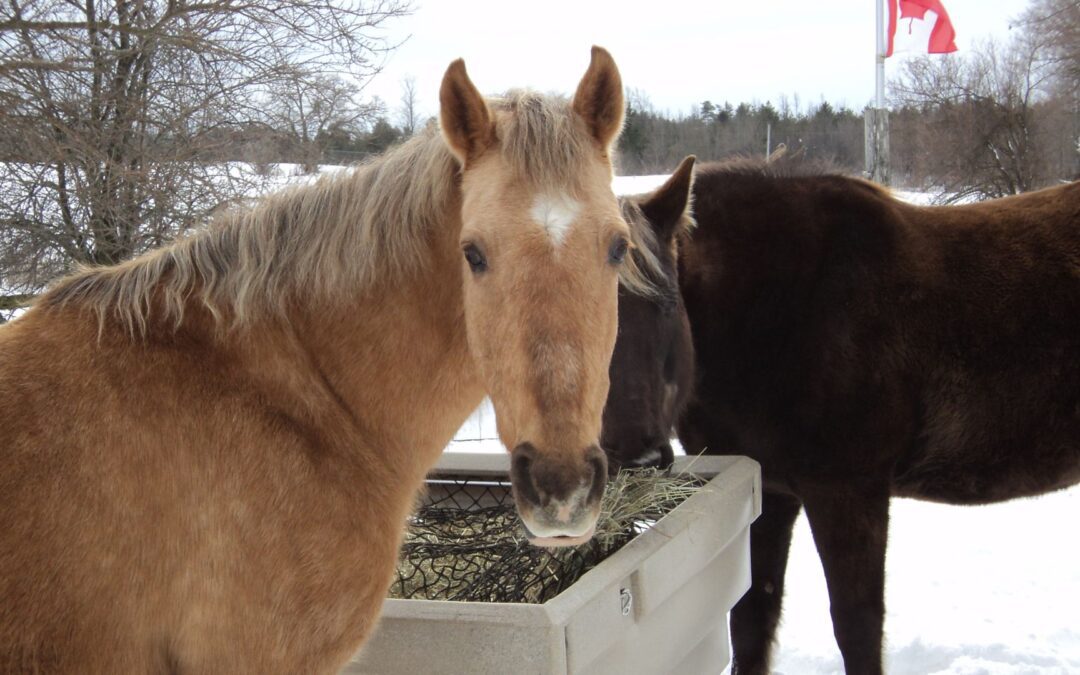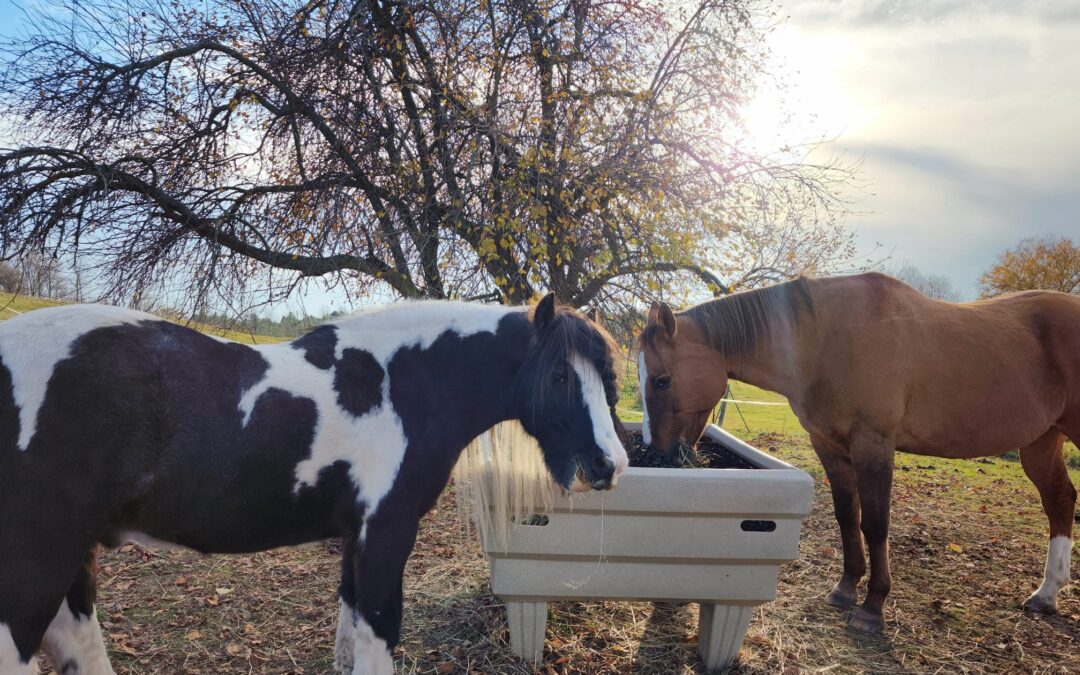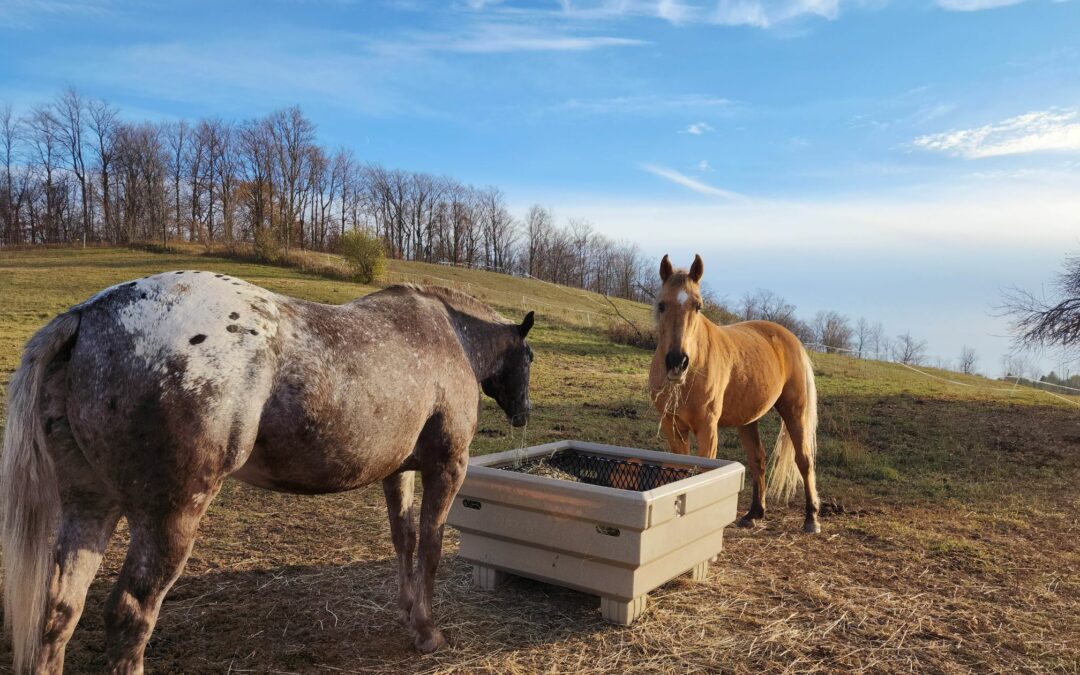
by Sue Wilson | Mar 28, 2025 | OptiMizer Education
This article was originally published on TheRider.com My horse looks fat! But when I check his body condition score (BCS), he is under 6: I can easily feel his ribs and there are little to no fat deposits along his neck, withers, shoulders, back, or tail head. (By the...

by Sue Wilson | Mar 14, 2025 | OptiMizer Education
This article was originally published on TheRider.com An old dairy farmer told me that 2023 was his worst year for harvesting hay since 1992. I believe it. With a dry May, followed by record amounts of rain in June and July 2023, the harvesting of high quality, first...

by Madeline Boast | May 29, 2023 | OptiMizer Education
Getting yourself a treat is a lot more complicated these days. There is so much to choose from, and most foods are clearly labelled with their calorie count. The recommended daily calorie intake for women is 2,000 calories. So, a 200-calorie candy bar is a pretty big...

by Madeline Boast | May 22, 2023 | OptiMizer Education
It is well known that management factors heavily influence the prevalence of equine gastric ulcer syndrome (EGUS). The research tells us that the top management risk factors are fasting, high starch diets, low roughage diets, transport, and stall confinement as well...

by Madeline Boast | May 15, 2023 | OptiMizer Education
About Equine Gastric Ulcer Syndrome (EGUS) There are two main types of gastric ulceration in horses: squamous and glandular. The encompassing term is equine gastric ulcer syndrome (EGUS). The two types are referred to as either ESGD for equine squamous gastric disease...

by Madeline Boast | May 8, 2023 | OptiMizer Education
Have you ever been late to feed your horse? What if you have an event that runs until 6pm, but your horse is normally fed at 4pm? If this is a situation that causes you stress, then this article is for you. Many horse owners keep their horse on a rigid feeding...





Recent Comments